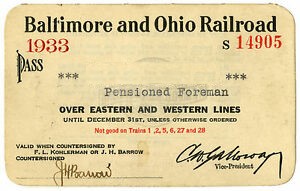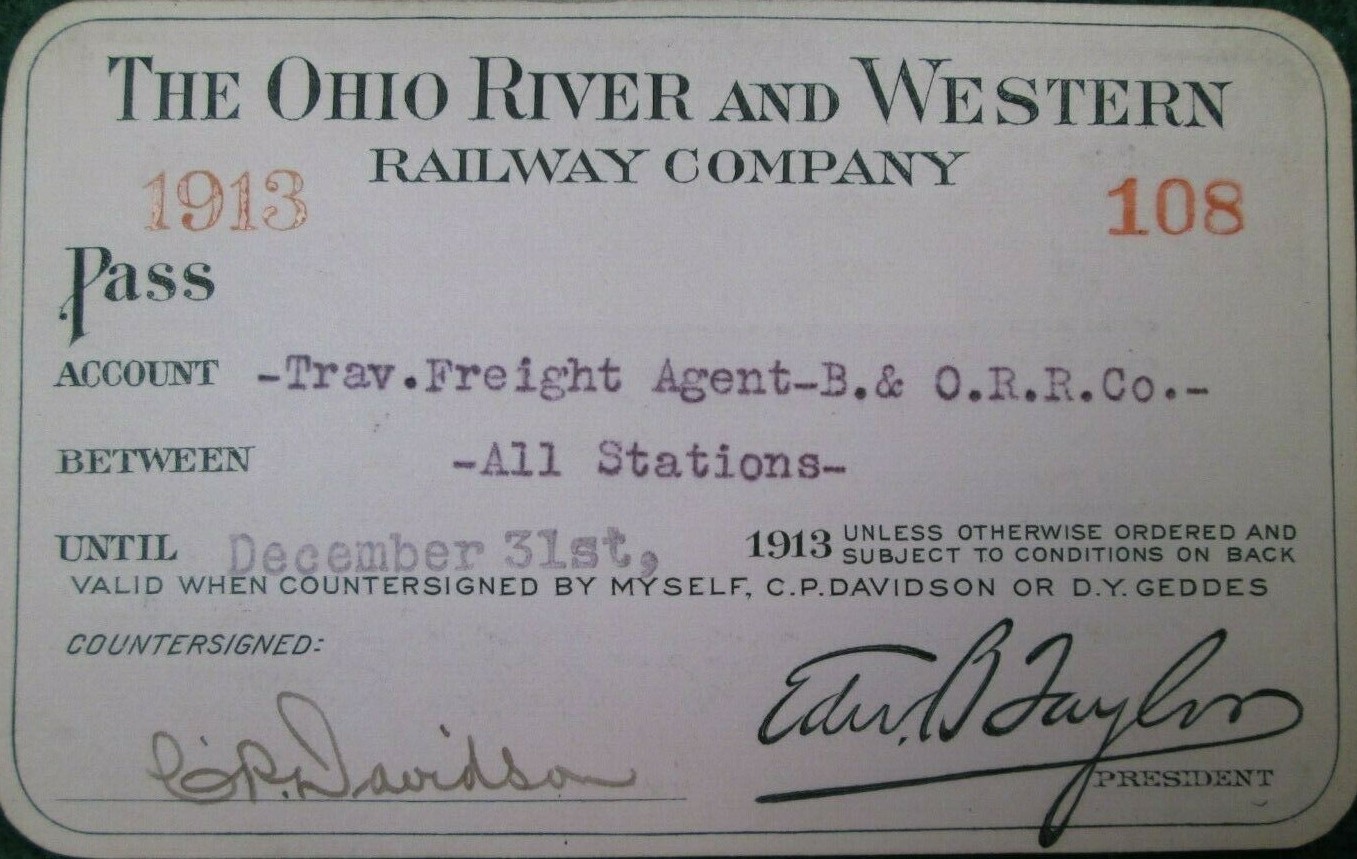



On Memorial Day weekend, three years after the final run on the former P&P, trains ran over the full length of the new Potomac & Patuxent Railroad. Over the next seven weeks, leading up to the O Scale National Convention, July 21–25, the P&P operating crew (a round-robin group) conducted repeated debugging sessions in preparation for two convention open houses. The effort was well worth it. Forty-seven O scalers from across the country visited the railroad on Thursday evening and Sunday morning with nary a mechanical or electrical malfunction until the last 30 minutes when a soldier joint between a tie-rod and point rail failed. Thursday night’s early visitors were to be commended for venturing out in the midst of a summer shower.
Our open houses are different than most in that we conduct an operating session during the open house inviting the guests to take the throttle and help with the chores. A few brave souls accepted the challenge and seemed to enjoy the opportunity to operate the railroad.
The Capital Area O Scalers hosted the national convention at the Crystal City Hyatt Regency. In addition to hosting two open houses, I was able to visit five layouts, attend half dozen clinics and the O Scale Kings meeting, and renew friendships with O scalers that I had met at previous conventions. I also purchased some wonderful detail parts for structures and scenery. Bob Schildt, noted Pennsylvania hi-railer, was my houseguest and traveling companion during the convention.
The P&P acquired an undecorated AtlasO RS-1 last year with the intent of painting and decaling the locomotive for the Washington Terminal Company. This year, AtlasO came out with a second batch of RS-1s including a version in the WTC paint scheme. I saw the locomotive at the convention and it is a beauty. AtlasO, however, chose the later blue and white scheme, so I still intend to paint mine in the earlier black and gold livery. It’s just one more thing to do.
Speaking of projects, Bob apparently felt that I didn’t have enough work on my locomotive workbench, so he gifted me with a brass model of a Pennsylvania Railroad B-6, an 0-6-0 steam switcher, produced by Pratt. This is one heavy locomotive. I have begun collecting information about B-6’s so that I can improve the detailing on this model. Coincidently, my only experience driving a steam locomotive was at the throttle of a B-6 on a closed track in Pennsylvania some years ago.
The convention open house was so much fun that we did it all over again for the members of the NMRA Potomac Division in November. Once again, P&P crewmembers were working the railroad and guests were invited to take the throttle and help with the switching assignments. Attendance was light, but we had good time with those who did venture out.
A week later, the bulk of the round-robin operating crew attended the NMRA Mid-Eastern Region Convention in Hagerstown, MD. We did a mix of clinics and layout open houses plus took a prototype industrial tour of Hagerstown on Sunday morning. We checked in with Art Selby to see what progress he is making with his John Armstrong-designed Blueridge Midland Railroad in Fairfield PA. I bought a book on the B&O’s Royal Blue Line at the live auction and two of our group landed door prizes. (All railroaders mourn Armstrong’s passing a couple of days after the close of the O Scale convention.
Between Christmas and New Years Day, two of the railroad’s operating steam locomotives were damaged when the shelf on which they were stored sagged while we were away. Each locomotive fell approximately six feet onto a commercial carpet-covered concrete floor. The tender of a brass 0-6-0 (Weaver Models) was the worst casualty. The locomotive seems to have survived with only a bent cab roof. I think that the locomotive fell on top of the tender. A plastic 0-6-0T also hit the floor. I will have to rebuild the front coupler pocket and remount some air tanks, but otherwise it appears to be okay. I have not yet tried to run either locomotive. Surprisingly, the afore-mentioned AtlasO RS-1 that was sitting on the same shelf did not fall. It was near the end of the shelf that did not sag.
While we have restarted regular operating sessions on the railroad, there is still a lot of work to be done on the railroad. There are two major track construction items that need to be completed in 2005 before we can add a third crew to an operating session. I intend to scratch-build a curved crossing leading to the Twining City industrial siding and a girder bridge carrying a spur to the Robinson Coal Co. The On30 Capital Traction Company line running along Minnesota and Nichols Avenues needs to be installed and electrified. After that, the focus will be on industrial structures and background scenery. I, also, need to install lots of streetlights and floodlights to move the railroad closer to being operated at night (without aisle lighting). Plus, I’ve started sketching track plans for the continuous running railroad that will be built below the switching layout.